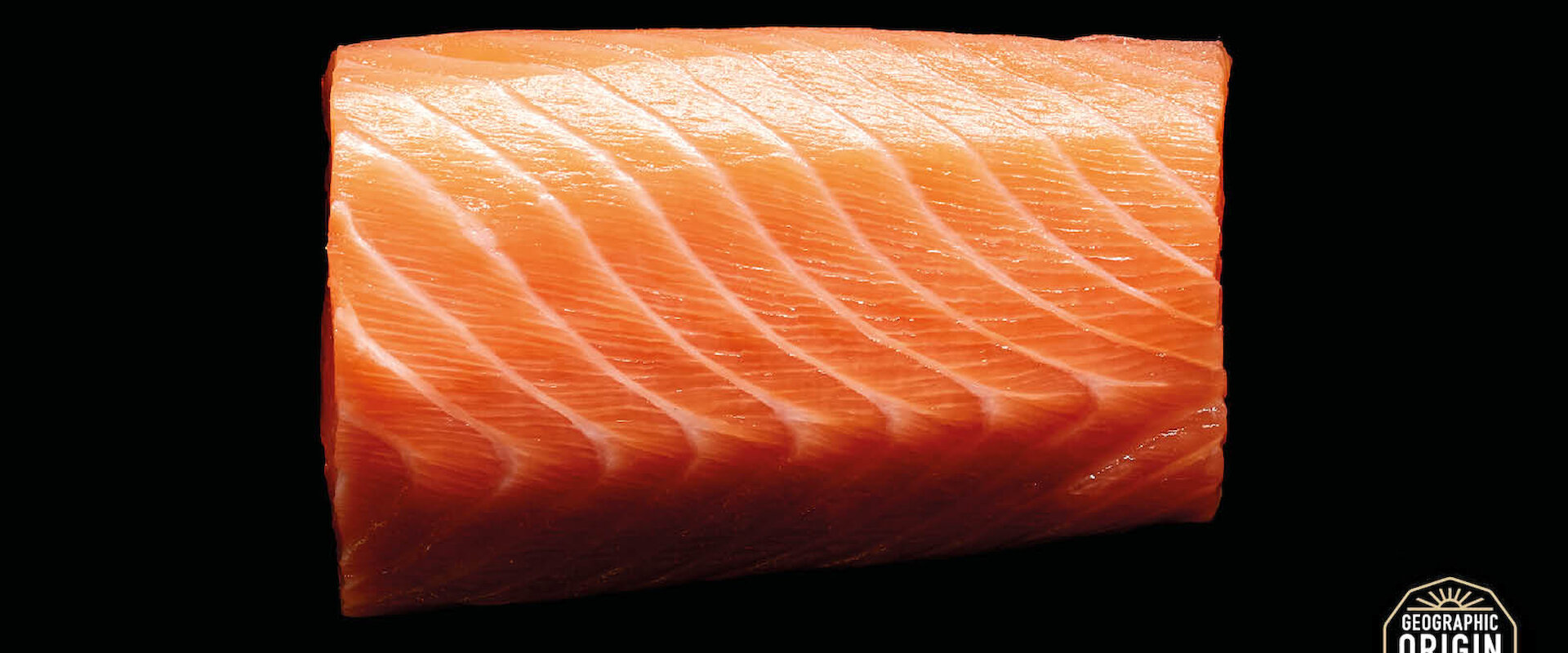Scottish salmon is the UK’s largest food export and while the direct impact on consumer demand in the US is expected to be minimal, there is the potential for wider market disruption in Europe as other salmon-producing nations address their options.
Tavish Scott, chief executive of trade body Salmon Scotland, today addressed a roundtable in Bute House attended by John Swinney.
Scott said the situation remains volatile and the key is to increase Scotland’s attractiveness and competitiveness to investors and producers.
He welcomed the constructive approach adopted by the Scottish Government and called for joint government collaboration on the issue.
The US is the second largest export market for Scottish salmon, with sales in 2024 of £225 million.
France remains the top destination, with Scottish salmon exports sent to 48 countries last year.
Most salmon is imported in America – with Chile making up around half of the total – and Scottish salmon is considered the premium product in the US market.
Consumer demand in the US is therefore predicted to remain very strong and the sector believes there is an opportunity for continued transatlantic growth.
However, the secondary level impacts of US or retaliatory tariffs could have knock on impacts across the global market, particularly in Europe where Scottish salmon competes with Norway, Iceland and the Faroe Islands – countries which are expanding salmon farming at a faster pace, often aided by more streamlined regulation at home.


